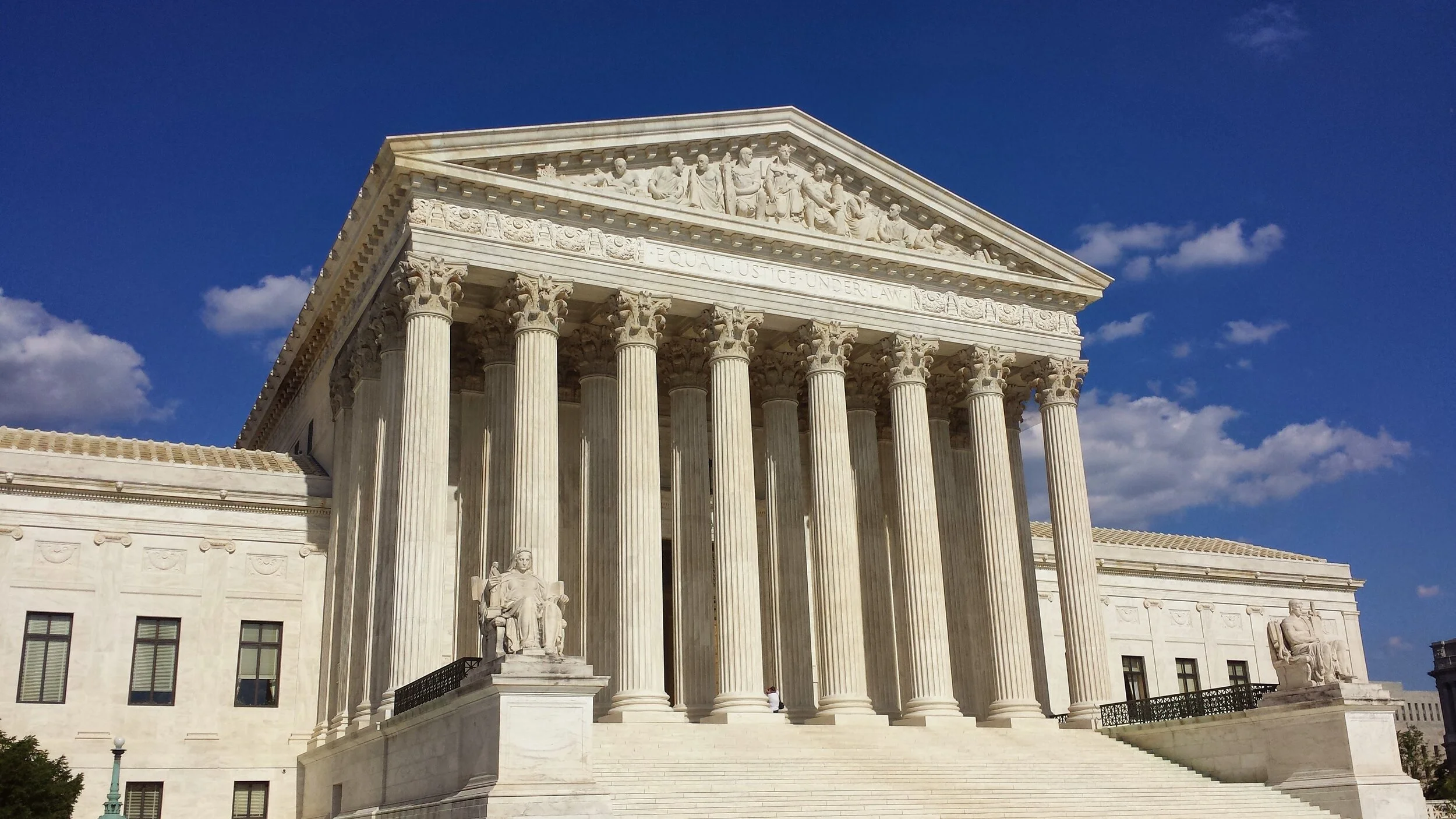At a volatile time in American democracy, where candidates by the dozens curry the favor of billionaires and citizens openly question the validity of elections, the Supreme Court this week upheld an important tool in revitalizing our democracy.
To be sure, the Roberts Court has proven to be a demolition derby for policy, where petitioners go to be bludgeoned with precedents, no matter how obtusely. In last week’s historic decision on marriage equality, the dissenting justices selectively built up their own arguments against gay marriage based on plaintive prejudice, willful misreading of the case at hand, and at times open contempt for those seeking dignity and equality under the law—a surprisingly prohibitive mindset considering the words over the front of the court read, “EQUAL JUSTICE UNDER LAW.” (The justices probably enter through the garage.)
Justice Antonin Scalia, once considered a vaunted scholar, has in recent years fallen in stature by his own doing, from reading his own unrelated editorials on immigration in the court, to citing cases completely wrong, to asserting Congress should not be interdicted one day while haughtily striking down an act of Congress the next. And yet, for the justice whose vocabulary rivals Shakespeare’s, Antonin Scalia will not be remembered for his judicious prowess, but for dissenting in a fit of pique: “Ask the nearest hippie.” Clarence Thomas raised the bar for coldness, suggesting dignity for gay couples is not given through the law, but up to themselves, just as slaves had the choice of dignity while being considered property. This, from a man whose own marriage would have been illegal 50 years ago were it not for the Supreme Court legalized interracial marriage. Chief Justice Roberts, who has acted so proactively in the interests of corporations before, based his heartless dissent on the plainly wrong premise that humans have always considered marriage to be one man and one woman, conveniently forgetting polygamy throughout history while conveniently ignoring the question before the court, like in his hijacked adjudication of Citizens United vs. F.E.C.
Such detachment at the upper echelons of our constitutional system of checks and balances makes it all the more surprising when the court returns a decision advancing the rights of people over the establishment.
In Arizona State Legislature v. Arizona Independent Redistricting Commission, the court ruled that citizens have the authority to determine how their voting districts are drawn. While incumbents in the Arizona legislature sought to continue to invent their own districts which provide for safe re-election, the court rejected their claim of autonomy in the elections clause of the U.S. Constitution: “The times, places and manner of holding elections for senators and representatives shall be prescribed in each state by the legislature thereof.”
Arizona Republicans argued that this clause specified only the legislators themselves are able to decide re-districting, not a citizen-led ballot initiative. Justice Ruth Bader Ginsburg, commonly known these days as Notorious RBG, wrote that not only was the legislature itself inherently based on the people’s vote in the first place, these are essential efforts by citizens to take control of how their state is divvied up by politicians: “They thus impede legislators from choosing their voters instead of facilitating the voters’ choice of their representatives.”
These words echo what Marianne Williamson says in our film PAY 2 PLAY: Democracy’s High Stakes: “We have candidates choosing their voters, instead of voters choosing their candidates.”
As arcane as matters of mapping may appear, I assure you: when they say, “The devil is in the details,” gerrymandering voting districts are those details.
This is why things don’t change. This is why laws stay the same no matter how many kids get gunned down. This is how elected lackeys concerned with a corporate agenda more than the lives of their constituent’s children stay in office. Rewriting electoral districts has become an entitlement to the party in power. Instead of governing cities, counties, and townships in an efficient reflection of population and density, redistricting has taken recalculation to obscene new lengths. With the help of computers, districts are drawn around the voters, down to the block. Instead of a map of counties clustered together, congressional districts from state to state look like a concoction of Legos spanning for miles.
Citizens have been standing up to this for years in their hometowns, and seeing people mobilized and being impactful makes others want to do something, as well. The documentary Gerrymandering is an inspiring look at how citizens and leaders came together across party lines to bring a citizens’ redistricting panel to California, similar to Arizona’s efforts. The people power you see in that film is a testament to the work that still stands today after this ruling by the Supreme Court. Once the California Citizens Redistricting Commission was established by ballot measure in 2008 (Prop 11), voters expanded their role in a subsequent ballot referendum in 2010 (Prop 20). These may seem like small steps, but the people are beginning to police their politicians.
And this is just a start to crack down on gerrymandering. Over-arching rules must be adopted that prohibit gaming the electoral map. Even a former Supreme Court justice believes we will need an amendment to properly remedy partisan redistricting, as John Paul Stevens writes in his book Six Amendments.
That amendment can happen. The amendment to overturn Citizens United will happen. Our country was not just founded on people power, it became great through people power. Suffrage was the result of people power, lowering the voting age to 18 was accomplished through people power, and we are taking back our democracy from the pay-to-play system for them, and for our grandchildren. We are not leaving our futures to be written by a few imperious bigots.

